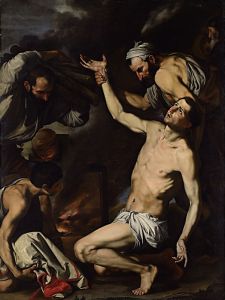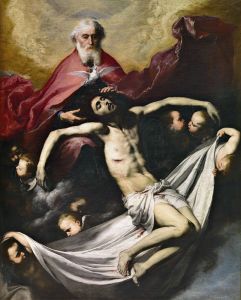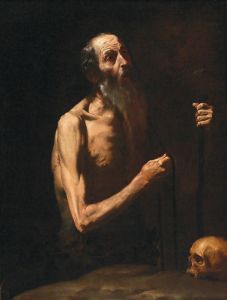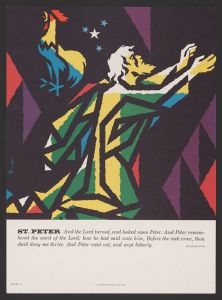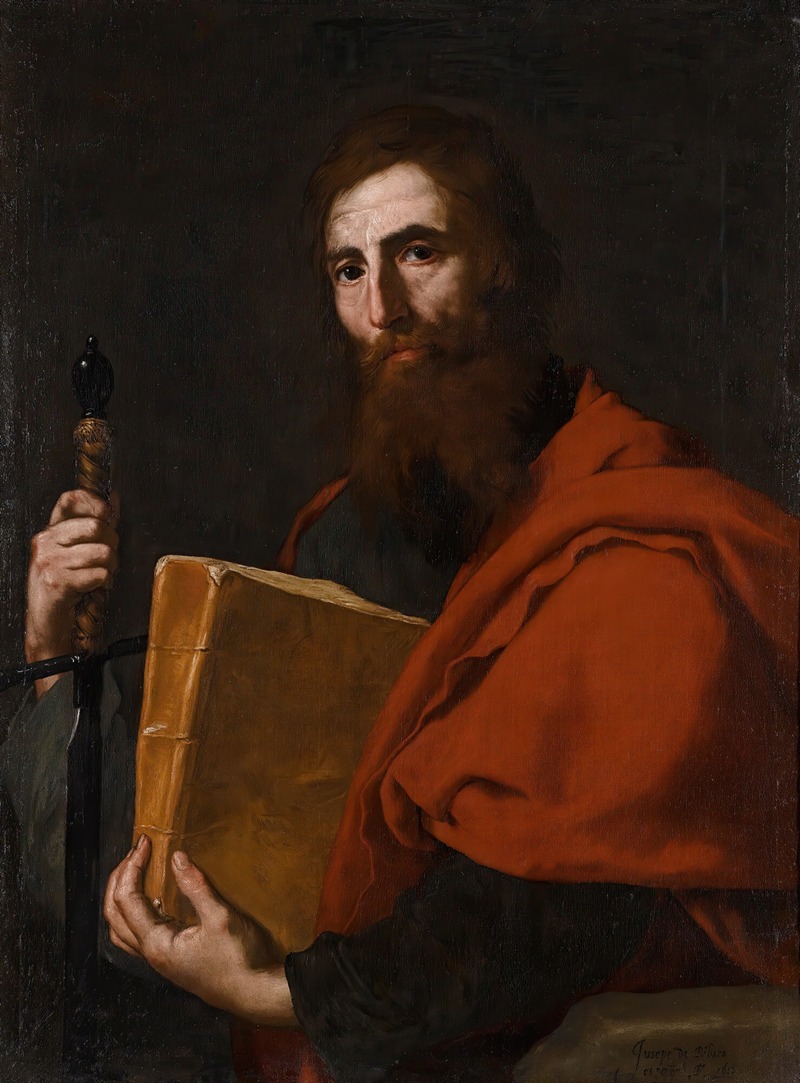
Saint Paul
A hand-painted replica of Jusepe de Ribera’s masterpiece Saint Paul, meticulously crafted by professional artists to capture the true essence of the original. Each piece is created with museum-quality canvas and rare mineral pigments, carefully painted by experienced artists with delicate brushstrokes and rich, layered colors to perfectly recreate the texture of the original artwork. Unlike machine-printed reproductions, this hand-painted version brings the painting to life, infused with the artist’s emotions and skill in every stroke. Whether for personal collection or home decoration, it instantly elevates the artistic atmosphere of any space.
Saint Paul is a painting by the Spanish Baroque artist Jusepe de Ribera, also known as José de Ribera. Created in the early 17th century, this work is a compelling example of Ribera's mastery in depicting religious figures with intense realism and emotional depth. Ribera, who spent most of his career in Naples, was heavily influenced by the dramatic chiaroscuro technique of Caravaggio, which is evident in this painting.
The painting portrays Saint Paul, one of the most important figures in early Christianity, known for his epistles in the New Testament and his role in spreading the teachings of Jesus Christ. Ribera's depiction of Saint Paul is marked by a profound sense of realism and humanity. The saint is shown as an older man with a weathered face, deep-set eyes, and a long beard, emphasizing his wisdom and the hardships he endured during his missionary journeys.
Ribera's use of light and shadow in this painting is particularly notable. The strong contrast between the illuminated parts of Saint Paul's face and the darker background creates a dramatic effect, drawing the viewer's attention to the saint's expressive features. This technique, known as tenebrism, was a hallmark of Ribera's style and contributed to the emotional intensity of his works.
Saint Paul is depicted holding a book, which likely represents the epistles he wrote, and a sword, symbolizing his martyrdom. According to Christian tradition, Paul was beheaded in Rome under the reign of Emperor Nero, and the sword is a common attribute in his iconography. Ribera's attention to detail in the rendering of these objects adds to the painting's narrative depth, providing insight into the saint's life and legacy.
The painting is also characterized by its naturalistic approach, a key feature of Ribera's work. Unlike the idealized representations common in earlier periods, Ribera's Saint Paul is portrayed with a rugged realism that reflects the artist's interest in the human condition. This approach aligns with the broader Baroque movement, which sought to evoke emotional responses through lifelike and dynamic compositions.
Jusepe de Ribera was born in Játiva, Spain, in 1591 and moved to Italy at a young age, where he became a prominent figure in the Neapolitan art scene. His works were highly regarded for their technical skill and emotional power, and he received numerous commissions from both religious and secular patrons. Ribera's influence extended beyond his lifetime, impacting later artists who admired his dramatic use of light and shadow and his unflinching portrayal of human suffering.
Saint Paul by Jusepe de Ribera is housed in the Museo del Prado in Madrid, Spain. The museum's collection includes several of Ribera's works, showcasing his significant contribution to Baroque art. This painting remains a testament to Ribera's ability to convey complex religious themes with a striking realism that continues to resonate with viewers today.







